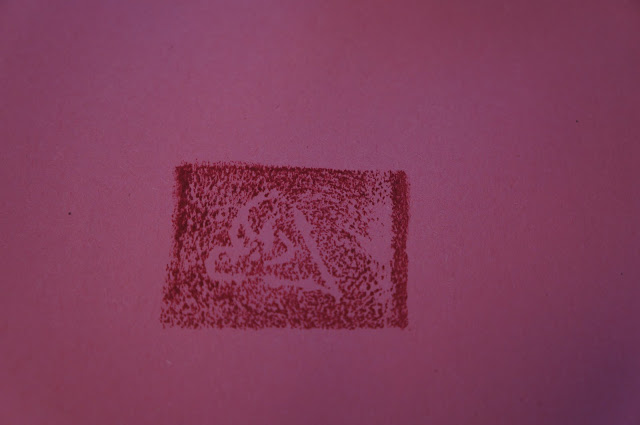The kids have been very interested in rainbows lately - I think their thoughts are turning to spring! We decided to explore the colours of the rainbow using found materials in our art area.
After cutting out a large circle from bristol board, I helped them divide the circle into sixths. We designated each section a specific colour and then began gluing what we found.
We used magazine cutouts, pompoms, beads, popsicle sticks, recycled caps, feathers, buttons, paint chips, stickers, pipecleaners and anything else that matched and fit into the colour collage! What I especially love about this display is that it can be mounted on our wall as a reference for colour. Unlike mass produced, colour bulletin board kits that can be purchased from teaching stores, my kids have a vested interest in the colour wheel because they created it. Through the process of finding and sorting objects by colour, they are aware that each has many shades. For example, blue can look many different ways and is not just the blue depicted on a colour poster.
So in addition to helping us learn about colours, this activity promoted creativity, refined fine motor skills, encouraged mathematical thinking like sorting and puzzling, developed oral language, and instilled a sense of pride and ownership in one's work.
Beautiful! It's going to become a permanent fixture in our art area after I leave it out on our table for a few more days to see what else is added to it!

















































